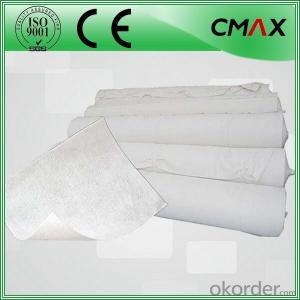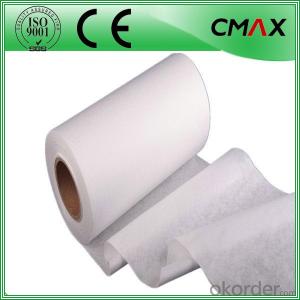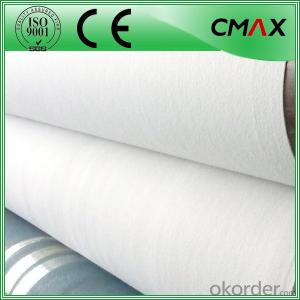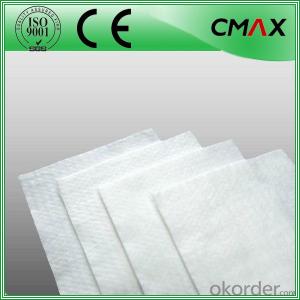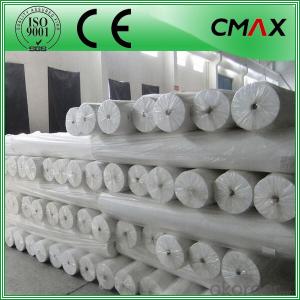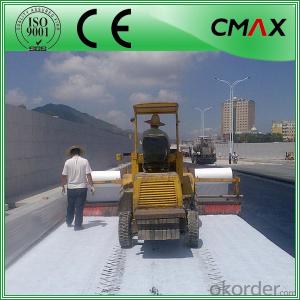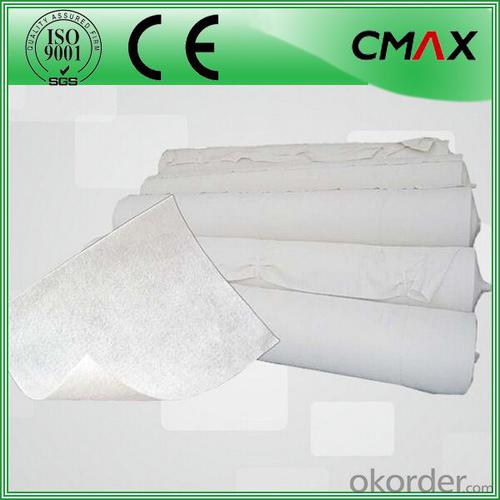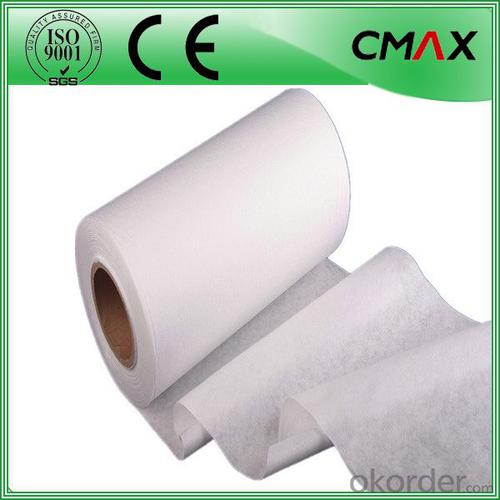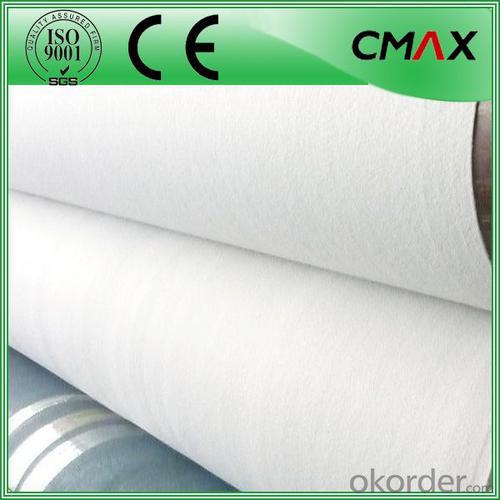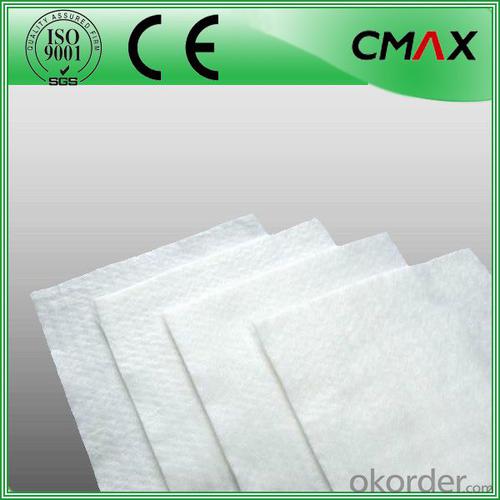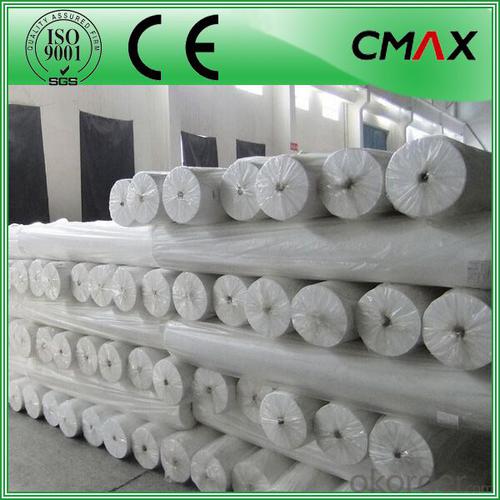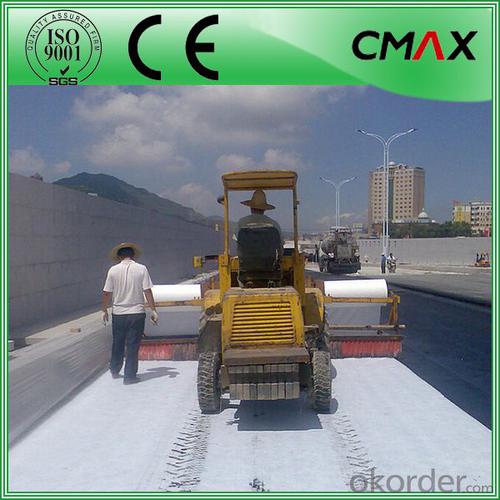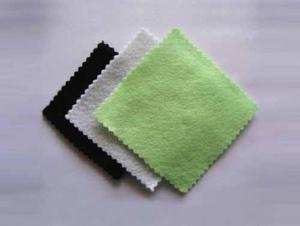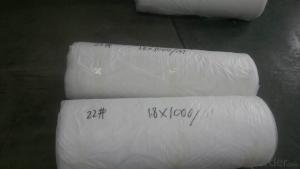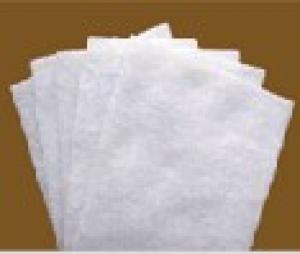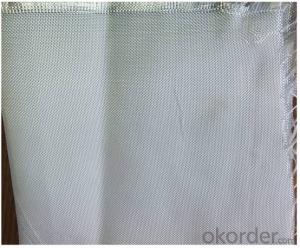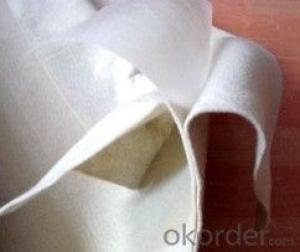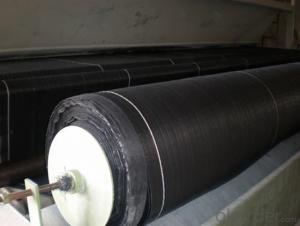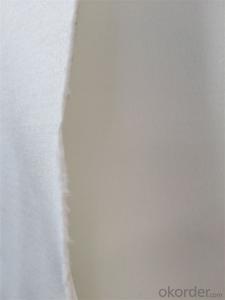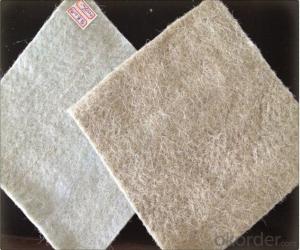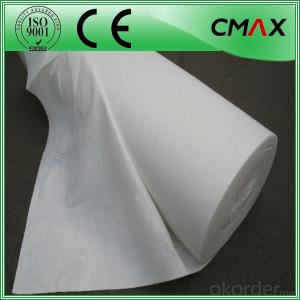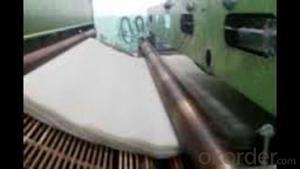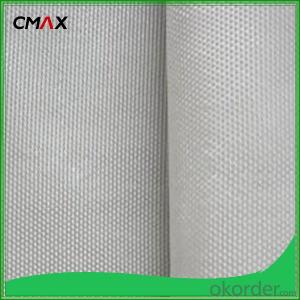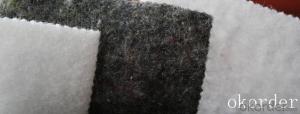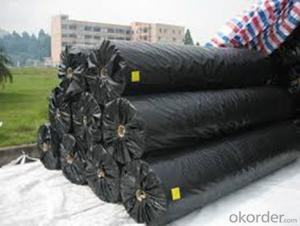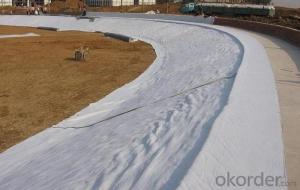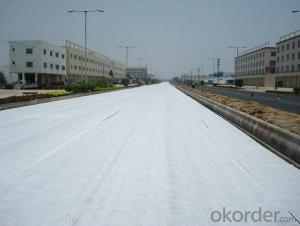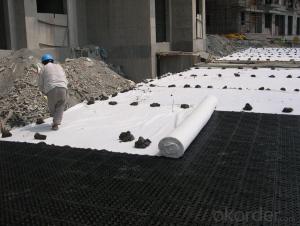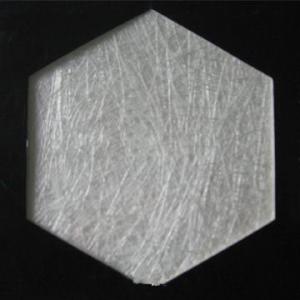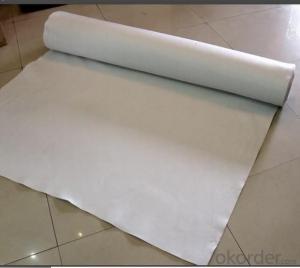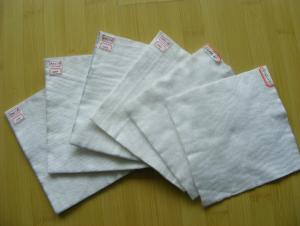Jute Geotextile Woven Geotextile 200g m2
- Loading Port:
- Wenzhou
- Payment Terms:
- TT OR LC
- Min Order Qty:
- 100 roll
- Supply Capability:
- 20000 roll/month
OKorder Service Pledge
OKorder Financial Service
You Might Also Like
Jute Geotextile Woven Geotextile 200g m2
Desciriptions:
Jute Geotextile Woven Geotextile 200g m2 are the preferred products for lining projects requiring low permeability , corrosion protection , exceptional chemical and ultraviolet resistance properties , which makes them extremely cost effective for many applications such as waste landfill , storage reservoirs ,canals , powr plants in energy , vapor barriersand waste water treatment in the line of industry and aquaculture and agriculture projects.
Specifications:
| Weight / Mass | 100gsm - 800gsm |
| width | Within 8 m |
| longth | 50-100m/roll (at request) |
| Material | PP / PET |
| Color | Black , white , grey |
| Certification | CE/ISO9001 |
| Manufacturing method | nonwoven / woven |
Characteristics:
Easy process and high output rates
Excellent distribution of carbon black
Consistent quality and low failure rate
Excellent resistance and good waterproof ability
Good welding
Details of our products:
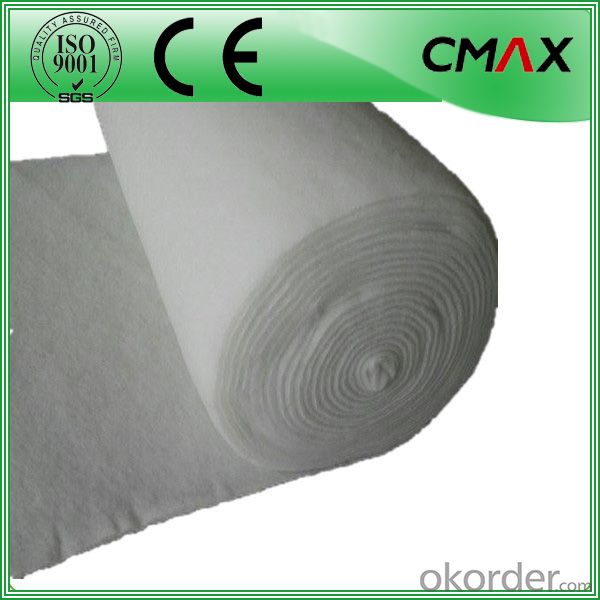
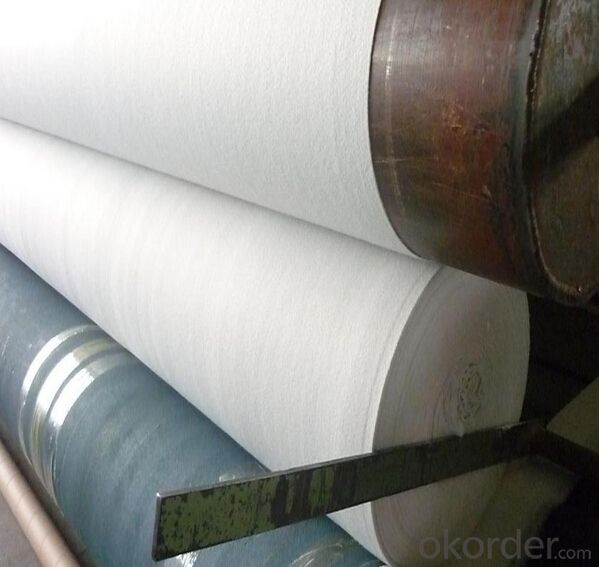
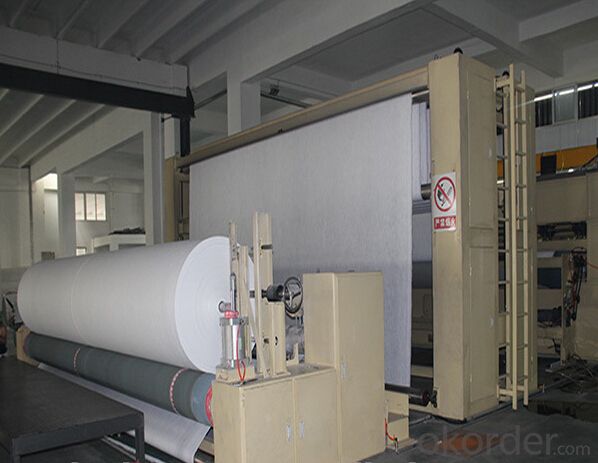

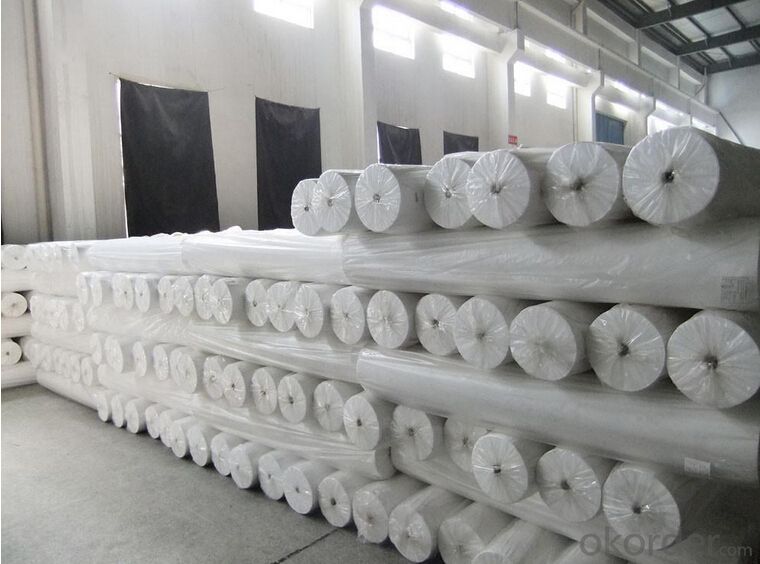

Produce process:
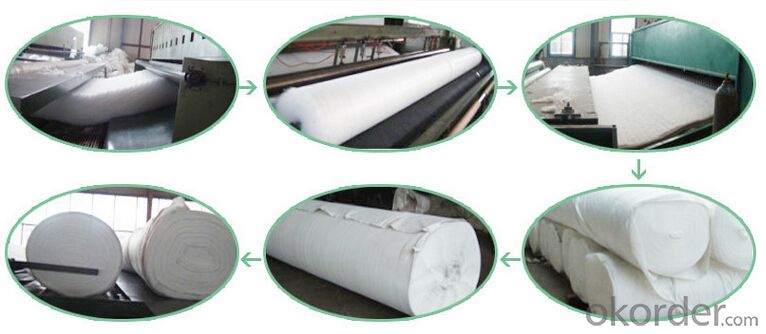
Applications:
1) Filtration :
The filtration layer of the dykes, river canal, seacoast, concrete slope, retaining walls. At the same time of preventing the clay granule from passing, it allows the water and the gas pass through freely.
2) Separation :
The isolation of the railway dregs and the roadbed, roadbed and the soft base, surface of the airdrome and parking lot and the groundsill, different dam materials. It isolates the soil and the gravel of two kinds different granule pathway from the groundsill or other buildings.
3) Adding muscle :
The highway, railway, soil-stone dam, breakwater, airport, backfill soil of retaining wall, slope protection, etc in which distributes the earth stress, prevents the side-displacement of the earth body and improves the earth body stability.
4) Protection :
It prevents the bank from being washed out, protects the bank and the bottom, prevents the water and soil from being washed away.
Packing and shipping:
♦ Packing:in plastic film bag(keep away from moisture) and PP bag or as your customize.
♦ Shipping:By sea or as your customize
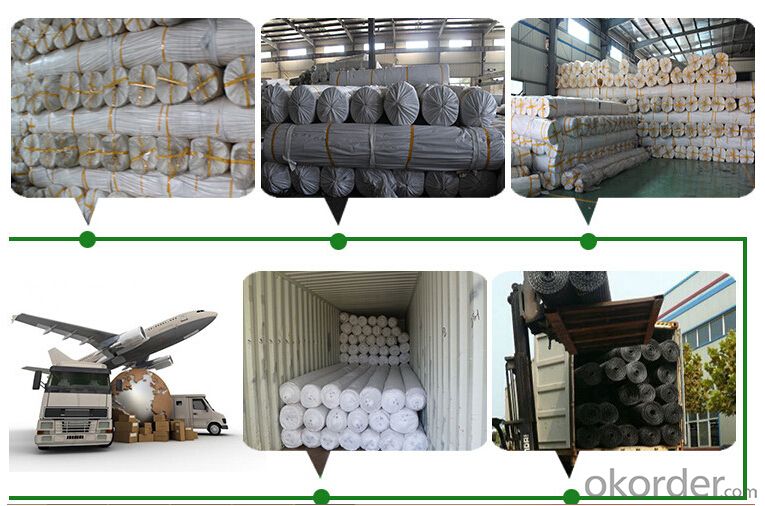
FAQ:
Q1: What is your minimum order quantity?
A:The minimum order quantity is 5000 ,but it is negotiable.
HDPE Geomembrane Price
Q2:What is your payment terms?
A: T/T,Western Union,Paypal,L/C...
HDPE Geomembrane Price
Q3:What is your delivery time?
A:Production time usually costs 2-20 days.
Waiting to cooperate with you!
- Q: Are geotextiles suitable for use in wetlands?
- Yes, geotextiles are suitable for use in wetlands. They are commonly used to stabilize soil, control erosion, and improve water quality in wetland areas. Geotextiles help to retain soil and prevent sediments from entering the water, while still allowing water to pass through and maintain the natural hydrological processes of the wetland.
- Q: What is the expected lifespan of geotextiles?
- The expected lifespan of geotextiles can vary depending on factors such as the material used, the specific application, and the environmental conditions. However, on average, geotextiles are designed to have a lifespan of at least 25 to 30 years.
- Q: Do you have a geotextile
- Summer to sunscreen, winter to antifreeze. The So summer not only to be able to block the sun, but also breathable. The Winter to warm good. The To achieve such a request, no matter what you can make the material. The
- Q: Geotextile lap joint with special equipment? How is the price
- Geotextile stitching is a professional equipment, professional equipment name for the portable sewing machine, the price is cheaper, generally ranging from 100-300 yuan. Look like this:
- Q: How do geotextiles help with reinforcement of steep slopes?
- Geotextiles help with the reinforcement of steep slopes by providing stability and preventing erosion. They are often used as a reinforcement material to increase the shear strength of the slope and improve its overall stability. Geotextiles help distribute the load across the slope, reducing the risk of landslides or slope failure. Additionally, they allow for effective drainage, preventing the accumulation of water behind the slope, which can further weaken it.
- Q: Are geotextiles commonly used in sports field applications?
- Yes, geotextiles are commonly used in sports field applications. They are often used to improve drainage, prevent soil erosion, and enhance the stability and durability of the field.
- Q: What are the design considerations for geotextile-reinforced soil walls?
- Some of the key design considerations for geotextile-reinforced soil walls include the selection and placement of appropriate geotextile materials, determining the required strength and stability of the wall, considering the potential for water drainage and filtration, accounting for settlement and creep behavior, evaluating the impact of external loads and surcharges, and ensuring proper construction techniques are followed. Additionally, considerations for long-term durability, environmental factors, and aesthetic aspects may also be taken into account depending on the specific project requirements.
- Q: Geotextile general what materials are produced
- Geotextile, also known as geotextile, it is made of synthetic fiber through acupuncture or woven from the permeability of geosynthetics. Geotextile is a new material geosynthetics which one, the finished product for the cloth, the general width of 4-6 meters, the length of 50-100 meters. Geotextile is divided into a spinning geotextile and non-woven filament geotextile. Geotextile manufacturers, for your answer
- Q: What are the fire resistance properties of geotextiles?
- Geotextiles typically have low to moderate fire resistance properties. While they are not inherently fireproof, some geotextiles are manufactured with fire-retardant additives or coatings to enhance their resistance to flames and heat. However, it is important to note that the fire resistance of geotextiles can vary depending on the specific type and composition of the material.
- Q: What are the different methods of geotextile testing for strength and durability?
- Some of the different methods of geotextile testing for strength and durability include grab tensile testing, wide-width tensile testing, puncture testing, tear resistance testing, and abrasion resistance testing. These tests help determine the mechanical properties of geotextiles and assess their ability to withstand forces and maintain their integrity over time.
Send your message to us
Jute Geotextile Woven Geotextile 200g m2
- Loading Port:
- Wenzhou
- Payment Terms:
- TT OR LC
- Min Order Qty:
- 100 roll
- Supply Capability:
- 20000 roll/month
OKorder Service Pledge
OKorder Financial Service
Similar products
Hot products
Hot Searches
Related keywords
